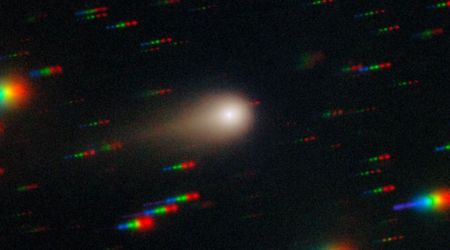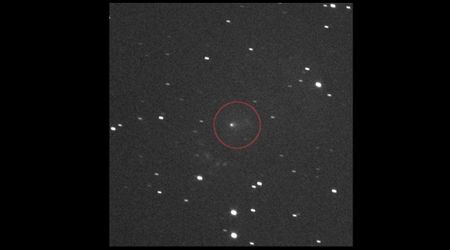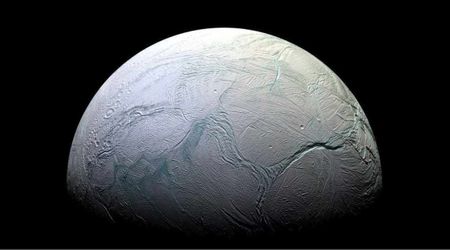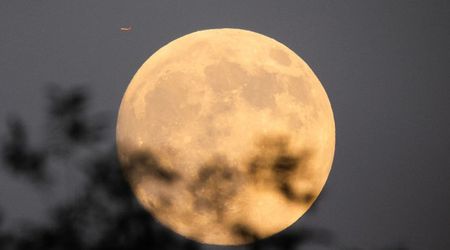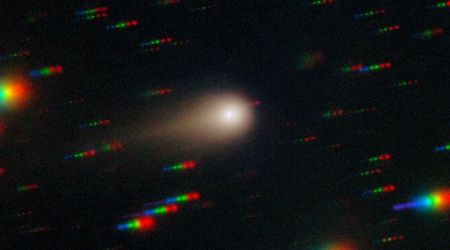Astronomers uncover 'most pristine' star, a cosmic relic from the early universe
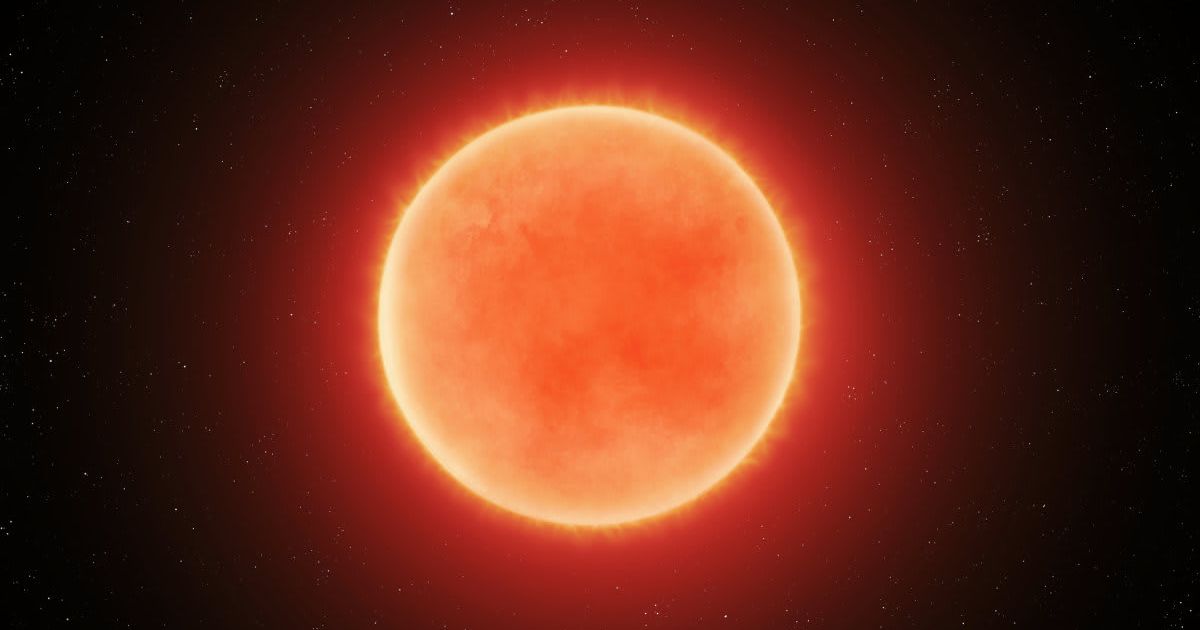
A team of astronomers, led by Alexander Ji of the University of Chicago, has documented the discovery of what they believe to be the most chemically 'pristine' star ever observed. The findings, which offer an unparalleled glimpse into the universe's earliest epochs, were recently posted on the arXiv preprint server.
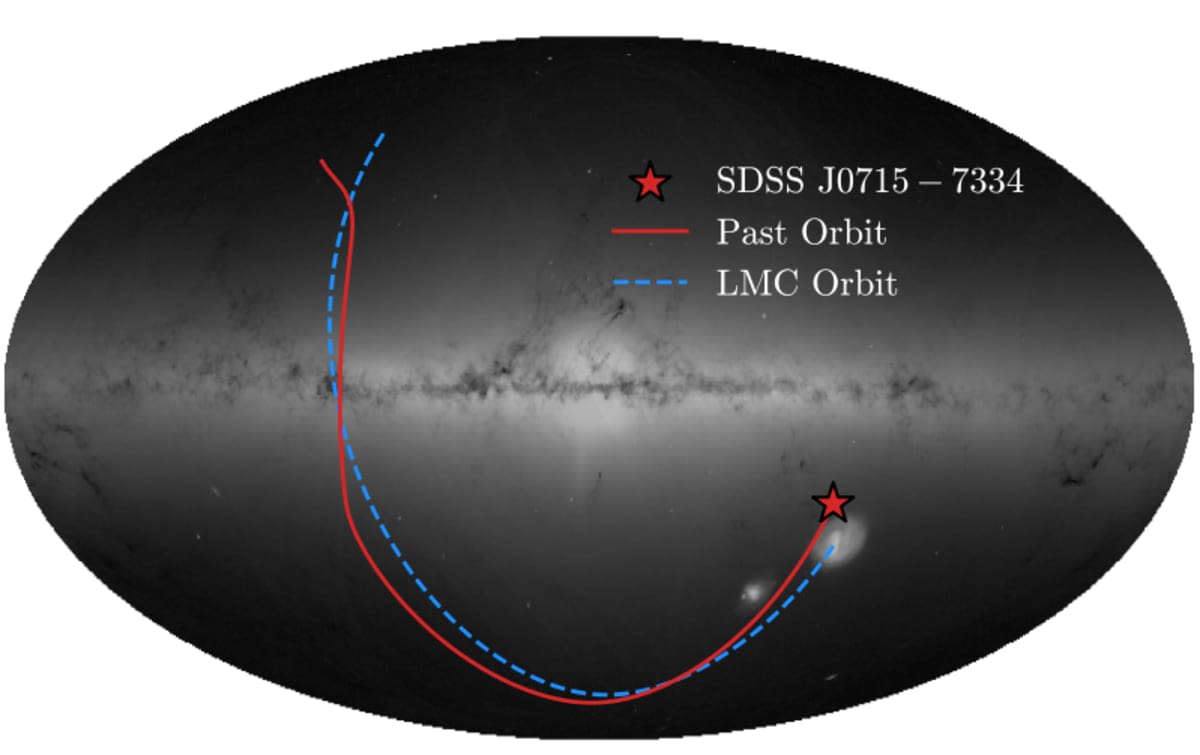
The newly identified celestial body, designated SDSS J0715-7334, is a red giant star that exhibits the lowest level of metallicity, the measure of heavy element content, recorded to date, as per Phys.org. In the aftermath of the Big Bang, the universe's first stars were overwhelmingly composed of only hydrogen and helium; heavier elements were forged much later through nuclear fusion within these stars and subsequently dispersed across space when they exploded as supernovae. Each subsequent generation of stars contained an increasingly higher concentration of these heavier elements.
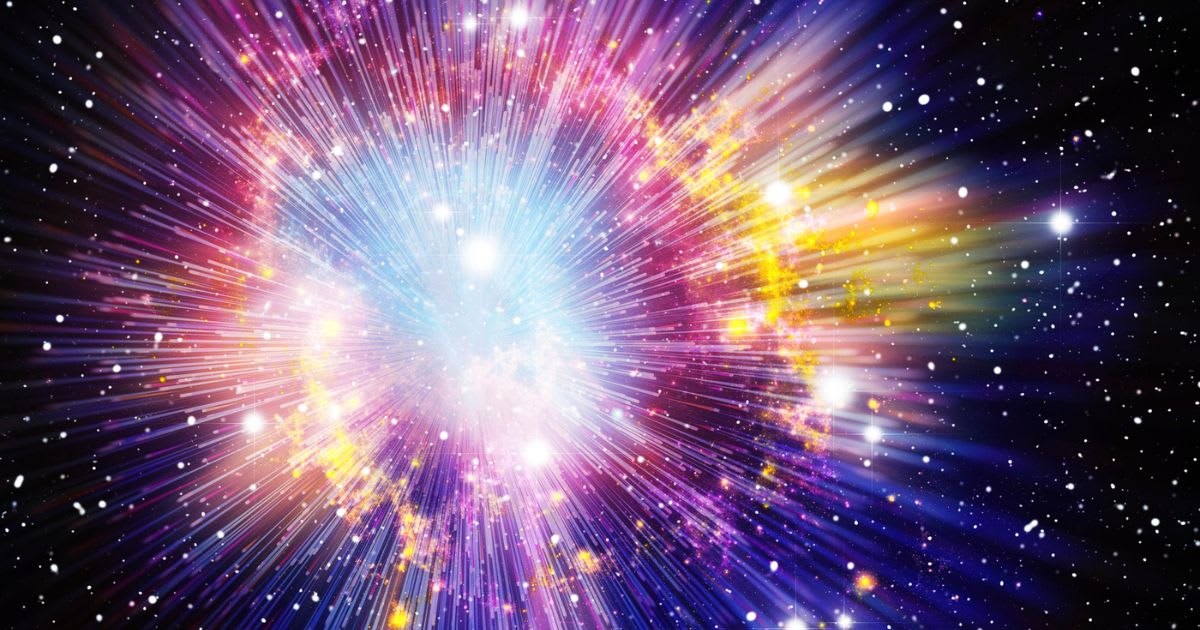
Detailed spectral and chemical analysis conducted by the team reveals that SDSS J0715-7334 possesses a total metallicity (Z) of less than 7.8×10-7. This figure is staggeringly low, making the star approximately twice as metal-poor as the previous record-holder, J1029+1729, and over ten times more metal-poor than the most iron-deficient star known, SMSS J0313-6708.
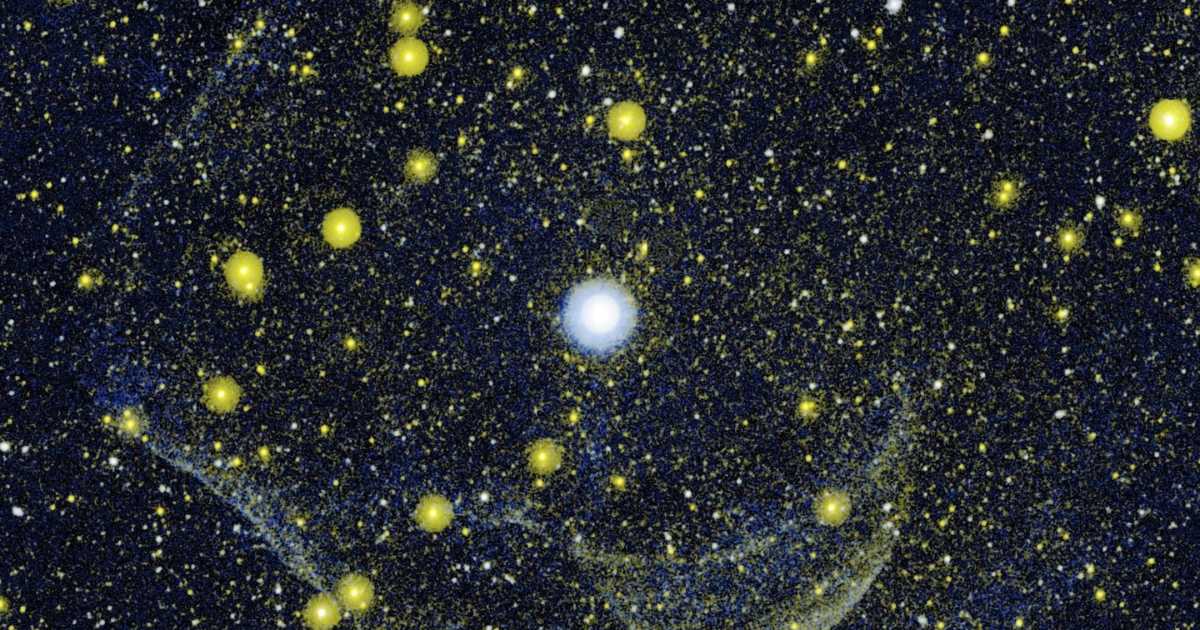
What makes this find particularly rare is not just its minimal iron content, but also its surprisingly low quantity of carbon. Previous highly metal-poor stars had still retained a noticeable amount of carbon. SDSS J0715-7334's unique chemical signature strongly suggests it was formed from the gas remnants of a supernova explosion of a massive (30-solar-mass) Population III star, the hypothetical, metal-free first generation of stars to form in the cosmos. The star’s distant halo orbit and large convective envelope further ensure that its surface composition remains an uncontaminated probe of that primordial gas.
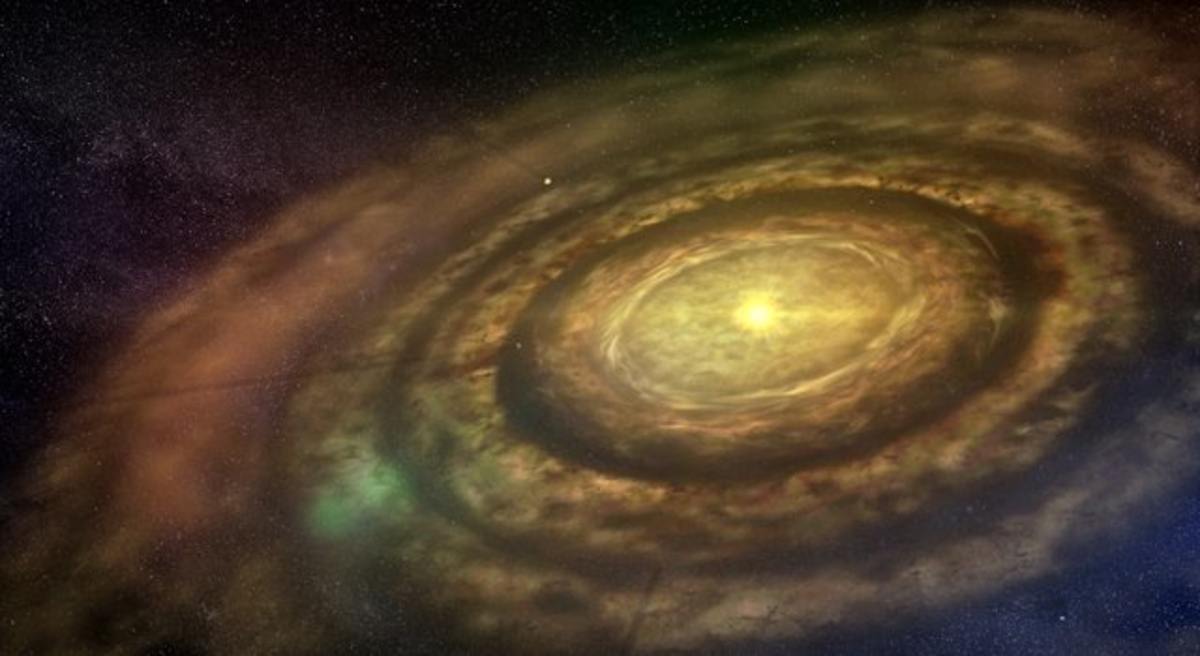
Using kinematic analysis of Gaia data and orbital modeling, researchers traced the star’s origins to the Large Magellanic Cloud (LMC). The evidence suggests SDSS J0715-7334 was born in the LMC and has since migrated into the halo of the Milky Way galaxy.
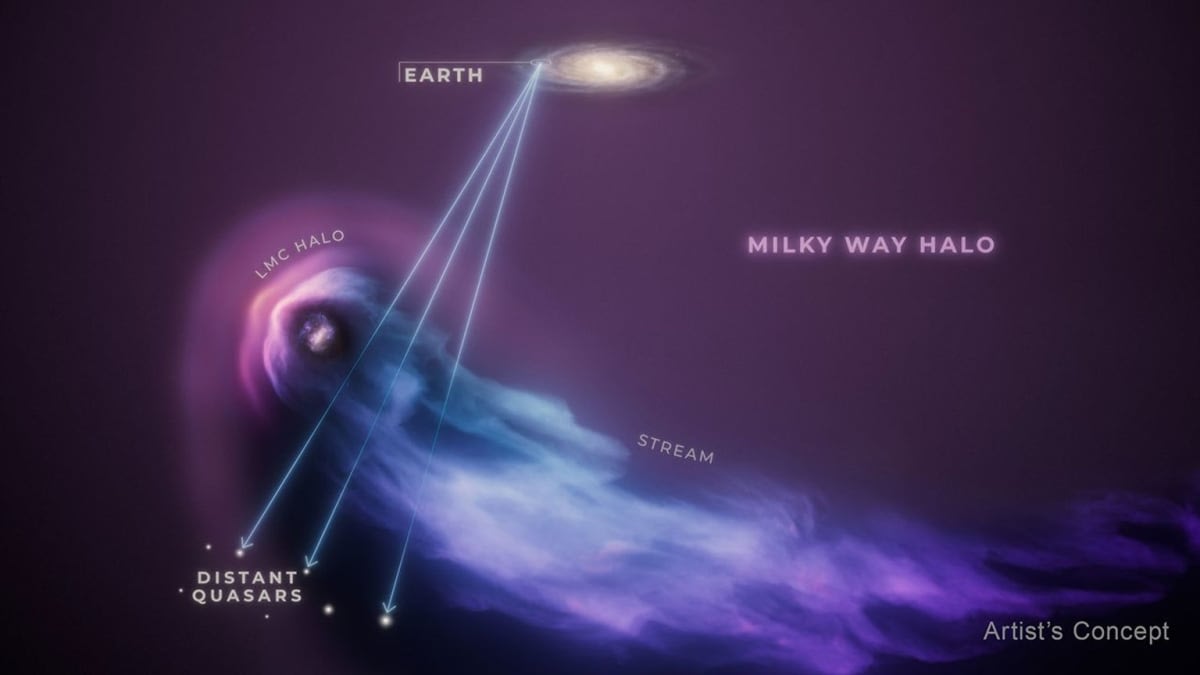
Beyond its ancient composition, the star is only the second ever detected below the "fine structure cooling threshold." This boundary describes how gas clouds need heavy elements to cool rapidly enough to collapse and form stars. The existence of SDSS J0715-7334 at this extreme indicates that dust cooling, where cosmic dust aids in the cooling process, is a necessary mechanism for forming such extremely low-metallicity stars, confirming this cooling process operates in galaxies beyond just the Milky Way. This offers vital new constraints on models of early star formation.
The discovery of SDSS J0715-7334 underscores the ongoing, critical search for these primordial stellar relics. The rarity of such objects highlights their scientific value, and astronomers recently announced the finding of another extraordinary specimen. Scientists have identified an incredibly rare, ancient star, designated GDR3_526285, situated within the vast, diffuse halo of the Milky Way galaxy. Reported in a new study published in The Astrophysical Journal Letters, GDR3_526285 is similarly counted among the most metal-poor stars ever detected, representing the elusive class of Ultra-Metal-Poor (UMP) stars.
More on Starlust
Researchers accidentally discover a giant stellar 'blowtorch' at the Milky Way's border


